As we enter a new year, 10 leading risk management professionals reveal how they reached their current position and their thoughts on a career in risk management
Reed Elsevier chief risk officer
Arnout van der veer
First steps
My background is of a long experience in risk and auditing on an international basis, through different roles in different industries, developing a deep commercial knowledge.
Current role
My role entails a global responsibility for risk driving a business and a growth-focused approach to risk management through pragmatic and solution-oriented approaches. I report to the board and the chief financial officer.
Philosophy
Risk management is a fantastic career opportunity as it gives people a very broad and deep perspective on the business through strategic and operational involvement, dealing with people at all levels in an organisation.
Next steps
We are looking to incorporate some of the more forward-looking aspects of risk management, focusing on scenario planning and strategy setting to enable risk management to be embedded in decision making. Risk metrics is also an important concern. We have a lot of data that we need to structure.
From a personal point of view, it is perhaps a feature of the unpredictable aspect of the life of a risk manager that there is no clear perspective.
DLA Piper chief risk officer
Julia Graham
First steps
Having relevant qualifications, combined with a varied background in underwriting, sales, marketing and general management, I took every management development opportunity available including volunteering for a number of sector roles in insurance and risk management.
The bedrock was, and remains, training at the Chartered Insurance Institute - working among highly qualified communities, this has doubtless earned credibility.
Current role
My role is to provide thought leadership and strategic direction in the firm’s approach to managing risk and compliance and I see myself as ‘owner’ of its framework.
Philosophy
Risk management now is a career option - it wasn’t when I first started down this route. Certainly the world today is a riskier place and there is a demand for professional, competent people. You need to be qualified in a relevant discipline (business studies, economics, and so on - financial and economic literacy is key) and consider one of the excellent MBAs now available.
Next steps
It’s essential to keep learning, keep networking and stay open-minded. Our world is dynamic and so is risk management - you can never say that “it’s done”.
Morgan Crucible director of risk assurance
Paul Taylor
First steps
I worked with insurer FM Global for 20 years as a chartered engineer. During this time, I moved to the commercial side of the business and was fortunate enough to work in the USA, Australia, Belgium and France. In 1992, I had the opportunity to move into corporate risk management, progressing from insurable risk to enterprise risk management (ERM) and now internal audit, governance risk and compliance.
Current role
My present work has involved evolving the risk management and control framework within the group. As internal audit reports to me, this evolution has included the internal audit process as well.
Philosophy
My philosophy over the years has been to take new opportunities as they arise. The job is what you make it, using your skills and competencies.
Next steps
Retirement is on the horizon but, initially, I would like to work part time, providing consultancy. I am still very much open to new and exciting challenges.
Ferma vice-president and GDF Suez deputy chief risk officer Michel Dennery
First steps
I trained as a civil engineer and started in operational roles, for example managing gas and electrical distribution systems. Later, sI got experience of a wide variety of management jobs before becoming an enterprise risk manager. Because I am always thinking about the future and the organisation, and planning and analysing developments, the risk management role suits my personality.
Current role
My job is to do what’s necessary to ensure that every business everywhere in GDF Suez has the necessary competence in risk management.
Philosophy
To be an enterprise risk manager, you need to get a solid grounding in business and management at different levels. It’s not an entry-level job.
Next steps
If I make a change, it could be in the direction of a governance role with oversight of all aspects of corporate governance, such as risk reporting, integrity and ethics and internal audit.
LEGO senior director, strategic risk management Hans Laessøe
First steps
My current position emerged after a long path. I had 25 years of broad LEGO Group experience covering IT, planning, strategy and finance before I was asked to create this position.
Current role
My work involves implementing strategic risk management using a combination of tools:
• Preparing and discussing strategic scenarios for developing strategy to ensure its resilience.
• Training and supporting a defined risk management process for business projects.
• Driving and supporting the process of ERM to ensure a validly updated ERM database and reporting on overall exposure.
Philosophy
There are uncertainties in everything we do, and hence a career in risk management provides the opportunity to explicitly do what everyone intellectually knows must be done. Further, the concept of uncertainty provides an intriguing angle from which a company can be addressed.
Next steps
I am focusing on further expanding the deliberate use of risk management wider and deeper into the organisation and its processes. A new and broader management team provides me with an improved platform from which to do this.
Ferma president and director of risk management for Pirelli Worldwide Jorge luzzi
First steps
I spent three years in the finance department of a pharmaceutical company, and observed that everything seemed to revolve around risk, but there was little analysis of anything other than pure financial risk. But I also could see the limitations of insurance. I started to think that risk wasn’t only about the calculation but also the human aspect. When there is a major loss, for example, it’s not just the factory building that is affected but also the workers.
Current role
I have wide responsibilities, including as chief executive of our captive and of Pirelli Group reinsurance. For example, I
have oversight of our loss prevention, business continuity and global insurance programmes working with our local risk managers.
Philosophy
You have to care - about jobs, the health of the employees, the health of the factories and the health of the business.
Next steps
For the next two years, I will be fully occupied with my job in Pirelli and with being president of Ferma. Longer term, I want
to help develop the profession, pass on my experience to others and make the risk management department as important as possible.
Prysmian group risk manager
Alessandro de Felice
First steps
I moved into risk management from an insurance and brokerage background. Having been a service provider to Pirelli, I joined that company and then, in 2005 when its subsidiary Prysmian was sold, I took on my current role, which I saw as a huge opportunity.
Current role
Normally my activities are directly linked with the assessment of risks, for example contract analysis, and risk financing. As managing director of our Dublin captive, I am also involved in risk transfer and claims management. Currently I am following the ISO 31000 risk management principles and process.
Philosophy
If you are able to communicate to your colleagues the concept that a risk manager can help the company’s business, protecting profit margins and business continuity, and they understand this, risk management is a really enjoyable job.
Next steps
I’m hoping for the opportunity to expand my role and my responsibilities by becoming the chief risk officer, which would involve a wider perspective in terms of not only traditional risk management but also ERM.
Assa Abloy group risk and insurance manager Fredrik Finnman
First steps
My MSc degree in risk management and safety engineering provides a solid academic ground for insurance and risk management within a multinational industry. My background also includes brokerage (with Aon) and underwriting (with Hannover Re).
Current role
On the risk management side I own the policy and process. But the divisions own the risks. I am there to provide tools to manage the risks and safeguard our business goals.
Philosophy
My motivation is to create value to my organisation by ensuring that we can deliver what we promise to our customers and shareholders through a well-functioning risk management process.
Next steps
We are working hard at creating a cultural shift towards risk awareness and management within the organisation. The local companies must understand their risk exposure and that they own the risks themselves. To achieve that, we work through the group risk committee, which is headed by myself, and also through different tools like premium allocation.
Telecom Italia corporate risk manager Paolo Rubini
First steps
My university degree in political economy helped me a lot in broadening my view from my initial expertise in insurance. When Olivetti took control of Telecom Italia, I was asked to reshape the company’s insurance programme. I took a broad approach with a true risk management perspective, aligning risk transfer with corporate risk appetite and implementing an enterprise risk management process.
Current role
I control risk transfer of insurable risks, included analysis, measurement, treatment, transfer, reporting, claims management and risk engineering. In addition, I support the risk management committee in the ERM process; definition of the corporate risk profile; evaluation of the maturity index of the top risks; monitoring action plans for risk mitigation and their effect on the risk rating; monitoring key risk indicators.
Philosophy
Risk managers should built professional skills over the following pillars: knowledge of risk measurement techniques; knowledge of the company’s processes; skills in spreading the risk culture inside the company; knowledge of the insurance business and risk underwriting: skills in leading internal working groups and designing procedures and control processes.
Next steps
I will bring the ERM process to a high maturity level, so that the board/chief executive can use information on risks and controls to improve the overall performance of the company.
Campfrio Food Group director of corporate risk management and Ferma board member Christina Martinez
First steps
My most useful qualifications for risk management have been my professional experience, my degree in actuarial sciences, as well as my PhD research on problems faced by organisations currently when implementing an ERM model.
Current role
My responsibilities include the definition and implementation of the overall enterprise-wide risk management, business continuity, insurance management and employee benefits. I am also leading the creation of an internal network of local risk management leaders.
Philosophy
Risk management is about managing risks inherent to the business, so it is critical to understand your business. Moving the company towards a different way of thinking about risk is all about change management and leadership. It’s important to share thoughts and experiences with other colleagues in the field. Attending professional and international events, such as the Ferma Forum, specific seminars and courses to meet other practising risk professionals is a good way
to do this.
Next steps
I think we have exciting times ahead of us before the business community recognises the current imbalance between the organisation’s strategy, risk culture and structure. As a corporate risk management director, I want each member of my organisation to achieve the recognised status of chief risk officer in their domain.




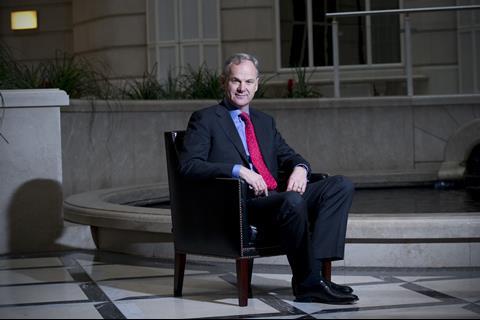
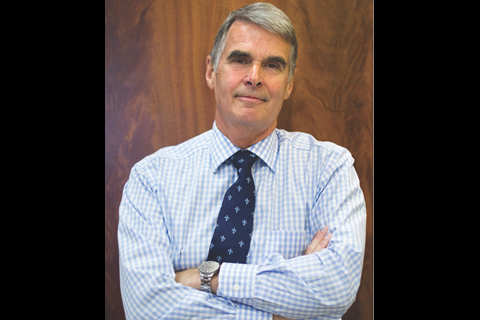
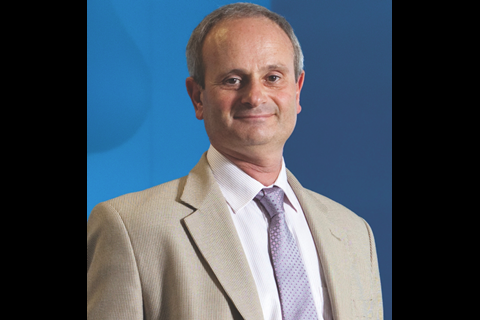
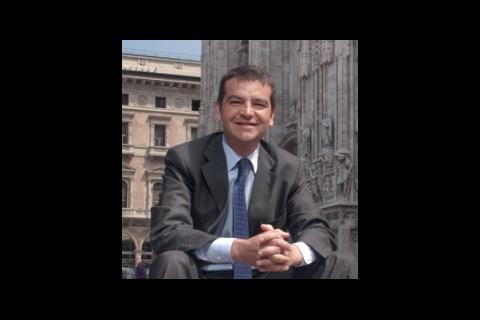


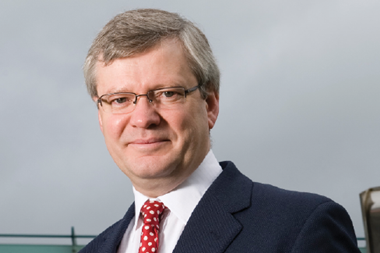

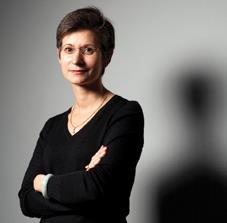
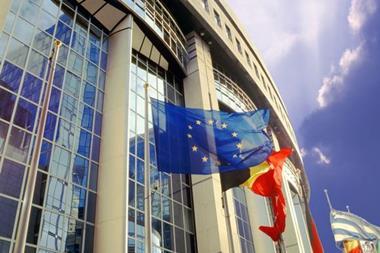
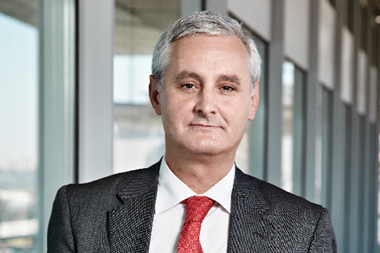









1 Readers' comment